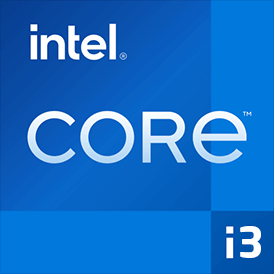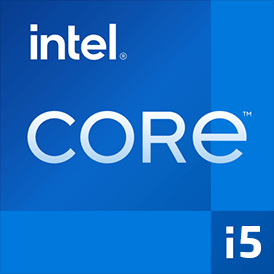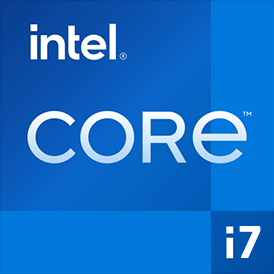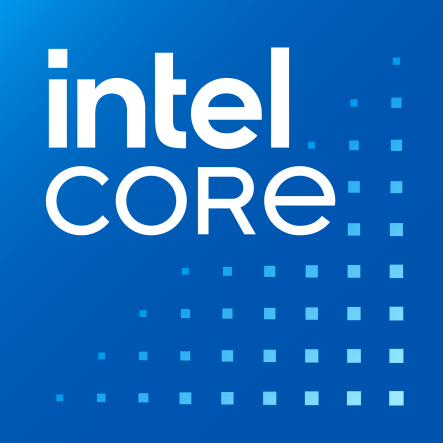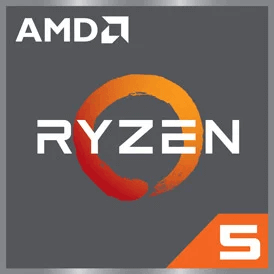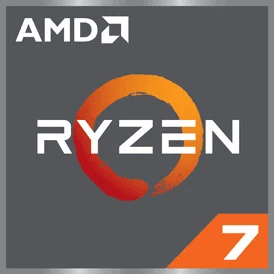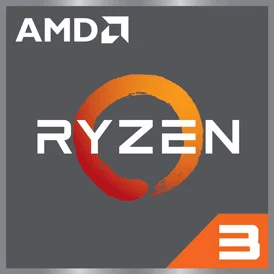Intel Core i3 N300 vs Intel Core i5 1130G7
We compared two laptop CPUs: Intel Core i3 N300 with 8 cores 0.8GHz and Intel Core i5 1130G7 with 4 cores 0.8GHz . You will find out which processor performs better in benchmark tests, key specifications, power consumption and more.
Main Differences
Intel Core i3 N300 's Advantages
Released 2 years and 4 months late
Higher specification of memory (4800 vs 4267)
Lower TDP (7W vs 15W)
Intel Core i5 1130G7 's Advantages
Better graphics card performance
Larger memory bandwidth (51.2GB/s vs 38.4GB/s)
Newer PCIe version (4.0 vs 3.0)
Larger L3 cache size (8MB vs 6MB)
Score
Benchmark
Cinebench R23 Single Core
Intel Core i3 N300
513
Intel Core i5 1130G7
+138%
1222
Cinebench R23 Multi Core
Intel Core i3 N300
2545
Intel Core i5 1130G7
+27%
3238
Geekbench 6 Single Core
Intel Core i3 N300
1189
Intel Core i5 1130G7
+41%
1680
Geekbench 6 Multi Core
Intel Core i3 N300
3217
Intel Core i5 1130G7
+57%
5067
Passmark CPU Single Core
Intel Core i3 N300
2098
Intel Core i5 1130G7
+14%
2406
Passmark CPU Multi Core
Intel Core i3 N300
8469
Intel Core i5 1130G7
+5%
8943
General Parameters
Jan 2023
Release Date
Sep 2020
Intel
Manufacturer
Intel
Laptop
Type
Laptop
x86-64
Instruction Set
x86-64
Alder Lake
Core Architecture
Tiger Lake UP4
i3-N300
Processor Number
i7-1130G7
BGA-1264
Socket
BGA-1598
UHD Graphics (32EU)
Integrated Graphics
Iris Xe Graphics G7 80EU
Package
10 nm
Manufacturing Process
10 nm
7 W
Power Consumption
7-15 W
105 °C
Peak Operating Temperature
100 °C
CPU Performance
-
Performance Cores
4
-
Performance Core Threads
8
Performance Core Base Frequency
0.8-1.8 GHz
-
Performance Core Turbo Frequency
4 GHz
8
Efficiency Cores
-
8
Efficiency Core Threads
-
0.8 GHz
Efficiency Core Base Frequency
-
3.8 GHz
Efficiency Core Turbo Frequency
-
8
Total Core Count
4
8
Total Thread Count
8
100 MHz
Bus Frequency
100 MHz
8
Multiplier
8-18x
96 K per core
L1 Cache
96 K per core
2 MB shared
L2 Cache
1280 K per core
6 MB shared
L3 Cache
8 MB shared
No
Unlocked Multiplier
No
Memory Parameters
DDR5-4800,DDR4-3200,LPDDR5-4800
Memory Types
LPDDR4x-4267
16 GB
Max Memory Size
32 GB
1
Max Memory Channels
2
38.4 GB/s
Max Memory Bandwidth
51.2 GB/s
No
ECC Memory Support
No
Graphics Card Parameters
true
Integrated Graphics
true
300 MHz
GPU Base Frequency
300 MHz
1250 MHz
GPU Max Dynamic Frequency
1100 MHz
256
Shader Units
640
16
Texture Units
40
8
Raster Operation Units
20
32
Execution Units
80
15
Power Consumption
15 W
0.64 TFLOPS
Graphics Performance
1.41 TFLOPS
